The art of cake decoration has evolved significantly over the years, with whipped cream piping standing out as one of the most beloved techniques. Among the many factors that contribute to perfect whipped cream piping, the refrigeration of heavy cream for at least 12 hours before use is a critical yet often overlooked step. This simple yet essential practice can make the difference between a beautifully decorated cake and a disappointing, runny mess.
Why Refrigeration Matters
Heavy cream, the primary ingredient in whipped cream, contains a high percentage of milk fat—typically between 36% and 40%. When cold, these fat molecules firm up, allowing them to hold their shape better when whipped. Refrigerating the cream for a full 12 hours ensures that it reaches an optimal temperature, usually between 2°C and 4°C (36°F and 39°F). At this temperature, the cream whips up faster, achieves greater volume, and maintains stability for longer periods.
Many amateur bakers skip this step, either due to impatience or lack of awareness, only to find their whipped cream turning grainy or collapsing before they finish decorating. The science behind this is straightforward: cold fat traps air more efficiently, creating a light yet sturdy foam. Warm cream, on the other hand, struggles to hold air, resulting in a soupy consistency that refuses to hold peaks.
The Role of Equipment in the Process
While refrigeration is crucial, the tools used for whipping also play a significant role. A chilled mixing bowl and beaters further enhance the cream’s ability to whip properly. Some professional bakers even place their mixing bowls in the freezer for 15-20 minutes before use. This extra step minimizes heat transfer during whipping, ensuring the cream stays cold throughout the process.
Electric mixers are the preferred tool for whipping cream, but hand whisks can also be effective if the cream is sufficiently cold. The key is to stop whipping as soon as stiff peaks form. Over-whipping can cause the fat molecules to clump together, turning the cream into butter—a common mishap that ruins the texture for piping.
Stabilizing Whipped Cream for Piping
Even with proper refrigeration, whipped cream can lose its shape over time, especially in warm environments. To combat this, many bakers add stabilizers such as powdered sugar, cornstarch, or gelatin. Powdered sugar not only sweetens the cream but also absorbs excess moisture, helping it hold its shape. A small amount of cornstarch mixed with the sugar can further prevent weeping, where liquid separates from the whipped cream.
For more durable decorations, gelatin is a popular choice. When dissolved in a small amount of warm water and then cooled before incorporating into the cream, it provides a firm yet smooth texture ideal for intricate piping designs. However, stabilizers should be used sparingly to avoid altering the cream’s natural flavor and mouthfeel.
Common Mistakes and How to Avoid Them
One of the most frequent errors in whipped cream piping is using cream that hasn’t been chilled long enough. Even an hour or two short of the recommended 12 hours can affect the outcome. Another mistake is whipping the cream at high speed, which generates heat and can lead to over-whipping. A medium speed setting allows for better control and a more consistent texture.
Storage is another area where things can go wrong. Once piped, decorated cakes should be kept refrigerated until serving. Leaving them at room temperature for extended periods causes the cream to soften and lose definition. If the cake must sit out for a while, consider using a cream with added stabilizers or opting for a hybrid frosting that combines whipped cream with buttercream for better heat resistance.
Creative Applications of Whipped Cream Piping
Beyond traditional cake decorating, chilled whipped cream can be used in a variety of creative ways. It serves as a light and airy filling for pastries, a topping for hot beverages, or even as a base for fruit parfaits. The versatility of whipped cream lies in its simplicity, but mastering its preparation is what sets professional-quality results apart from amateur attempts.
Experienced bakers often experiment with flavor infusions, adding vanilla extract, citrus zest, or even liqueurs to the cream before whipping. These additions should be incorporated while the cream is still liquid to ensure even distribution. However, care must be taken not to add too much liquid, as it can interfere with the whipping process.
Final Thoughts
The 12-hour refrigeration rule for heavy cream might seem like a minor detail, but it is a cornerstone of successful whipped cream piping. This practice, combined with proper technique and the right tools, ensures that decorations remain pristine from the moment they’re piped until the last slice of cake is served. Whether you’re a home baker or a professional, respecting this fundamental step will elevate your desserts from good to exceptional.
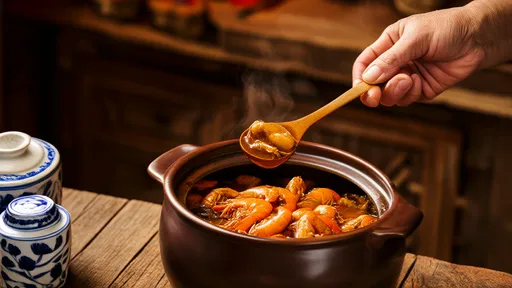
By /Aug 11, 2025
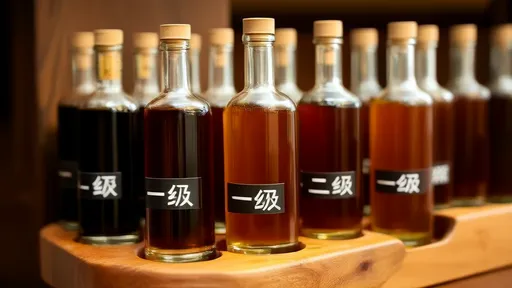
By /Aug 11, 2025
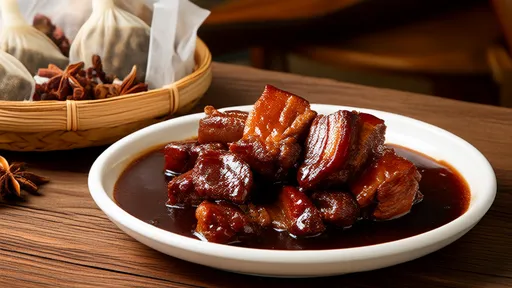
By /Aug 11, 2025
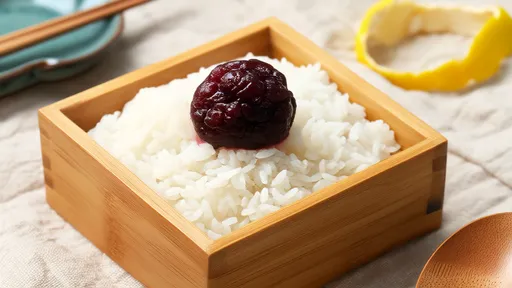
By /Aug 11, 2025

By /Aug 11, 2025

By /Aug 11, 2025
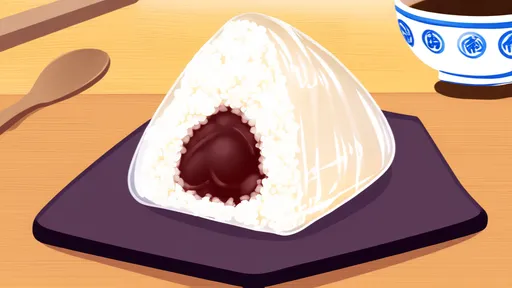
By /Aug 11, 2025
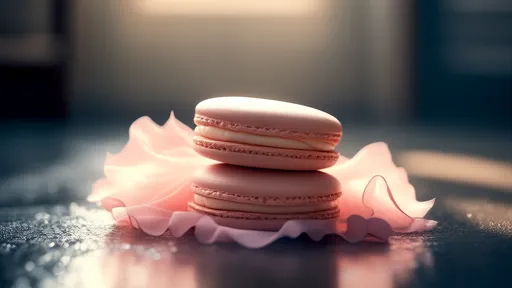
By /Aug 11, 2025
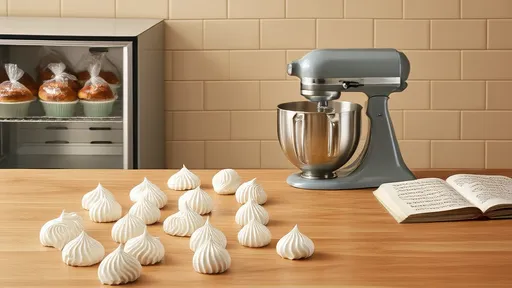
By /Aug 11, 2025
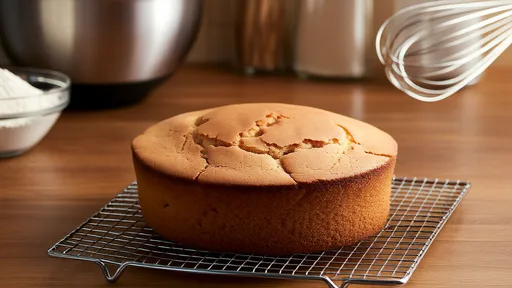
By /Aug 11, 2025
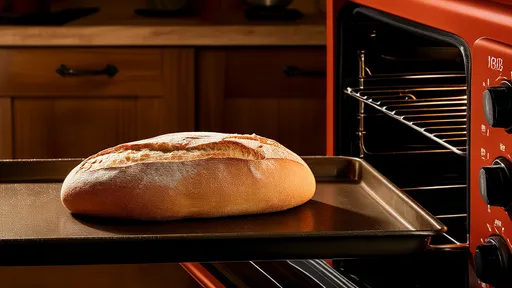
By /Aug 11, 2025
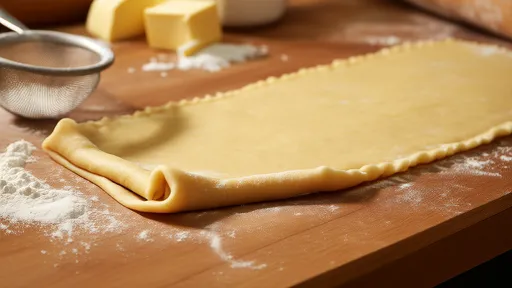
By /Aug 11, 2025
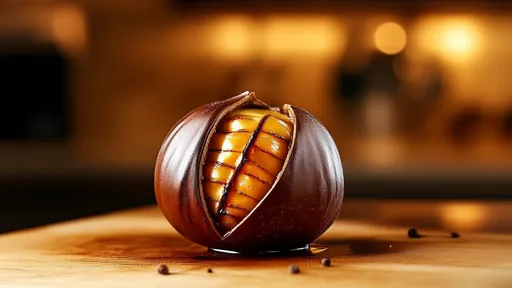
By /Aug 11, 2025
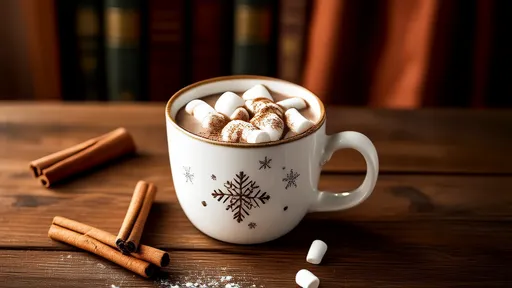
By /Aug 11, 2025
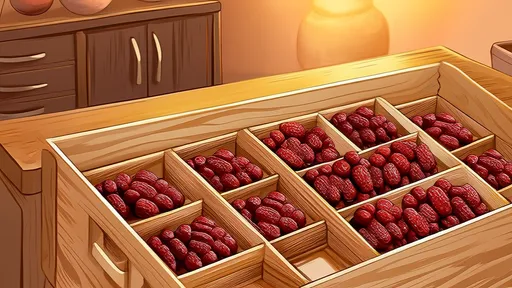
By /Aug 11, 2025
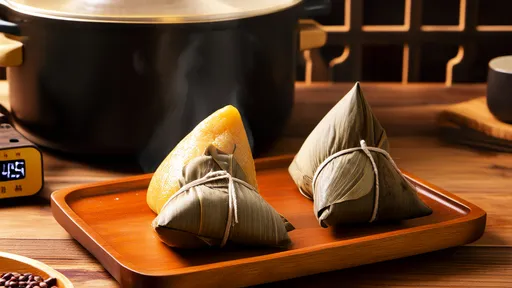
By /Aug 11, 2025
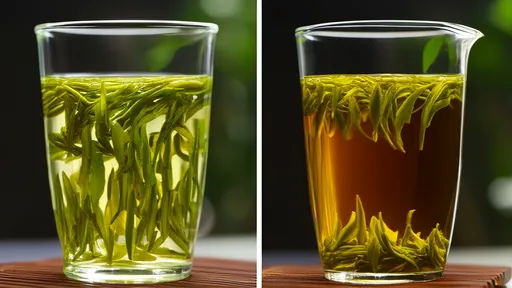
By /Aug 11, 2025
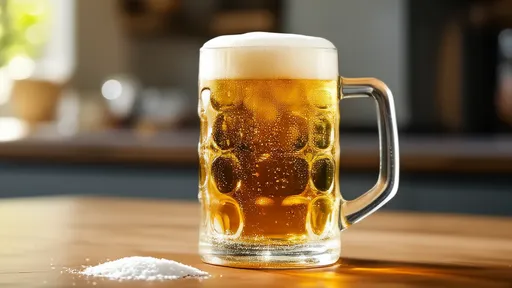
By /Aug 11, 2025
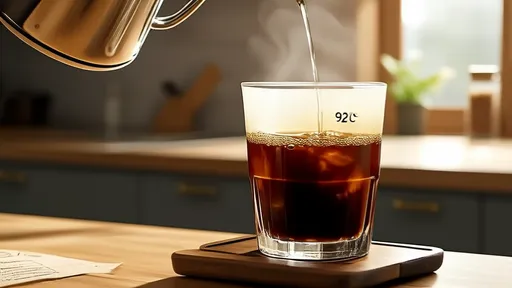
By /Aug 11, 2025

By /Aug 11, 2025